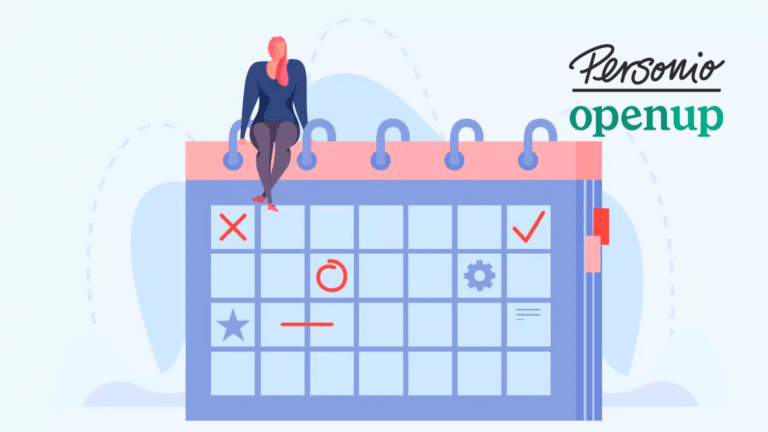Reasons for having concerns or hesitations vary among people and situations and are all totally valid. Figuring out if and how to navigate through your own coming out in the workplace can still be challenging. Nonetheless, while discrimination and stigma are unfortunately still very real, more and more people are no longer willing to mask their true selves at work.
Mental health and LGBTQIA+
While everybody faces some challenges with their mental well-being once in a while, mental health challenges are more common among people who are LGBTQIA+. This has to do with negative experiences that LGBTQIA+ individuals often go through: discrimination, homophobia or transphobia, social isolation, rejection and difficulties coming out.
Within the work environment, research showed that monitoring your interactions with colleagues in an effort to “pass” as cisgender/hetero is exhausting and costs mental energy and, in some cases, might even increase gender dysphoria.
On the bright side, embracing being LGBTQIA+ has a positive effect on your mental well-being. You might feel more confident, have a sense of belonging to a community, feel relieved and develop better relationships with family, friends and colleagues. You might also be a leading example, possibly encouraging more colleagues to come out and creating a safer environment for LGBTQIA+ members.
What’s your work atmosphere?
Coming out is not an easy thing to do. You might wonder how your coworkers will react to it and whether they will treat you differently. You might also be afraid of negative comments or office gossip. These are very valid considerations: in the U.S., for instance, over 40 per cent of LGBTQIA+ workers reported experiencing unfair treatment at work, while over 36 per cent of LGBTQIA+ employees consider leaving their current company if it doesn’t take a firm stance against discrimination impacting the community.
If you are considering coming out, ask yourself what the impact of doing so in your organization could be, before taking the next step. The following questions created by the Human Rights Campaign might help you in making this assessment:
- Does your employer have a non-discrimination policy and does it also include sexual orientation and gender identity?
- Is there an LGBTQIA+ network group in your workplace?
- What’s the overall climate at work? Is somebody openly LGBTQIA+?
- What are your work relationships like and do people discuss their personal lives at work?
- Is there a non-discrimination law in your country in place?
Benefits of coming out at work
After you have assessed the state of your company, you will have a clearer expectation of the reactions or challenges you might face. Do not forget that this challenging process will also have some benefits in the long run. Studies show that LGBTQIA+ who identify as women and are out at work are happier with their careers, and view both their companies and their managers more favourably compared with their closeted peers.
As OpenUp psychologist Judith Klenter points out, bonding and building deeper relationships happen mainly through sharing something personal, such as weekend plans. If you feel like you cannot do this, you are likely to feel more isolated from colleagues, while being out and seeing that they are accepting can have a positive effect on your mutual relationship.
In practical terms, coming out at work allows you, among other things, to:
- be able to be yourself;
- talk freely to your colleagues about your personal life (e.g. weekends, holidays, etc.);
- enjoy social gatherings more;
- build and nurture friendships at work;
- not have to watch what you’re saying;






